Is The Way You Move Causing You Knee Pain?
Few people know that just like regular check-ups with your physician, you should get your lower body screened every 6 months. A Quick Evaluation will take a look at key movement patterns, your strength, and flexibility to assess your risk of injury, educate you on your finding, and teach you how to improve your lower body health.
Below is a link to a video that Dr. Danielle Sartori and our Physical Therapy Intern Rebecca Healy, created to give you an idea what the movement analysis portion of the Quick Evaluation entails.
In the video we cover: single limb balance, double limb balance, single limb squat and single limb heel raise.
Single Limb Balance
When assessing your single limb balance we look at your overall stability and alignment of your leg, pelvis, and shoulders.
2. Double Limb Squat
When assessing your double limb squat we look to see if your movement pattern is hip or knee dominant, if your knees are protruding over your toes, if you have good alignment, and equal weight on both sides.
3. Single Limb Squat
When assessing your single limb squat we look to see if your movement pattern is hip or knee dominant, if you have good alignment, and if you have the strength to lower to equal depth on both sides and rise back up without assistance.
4. Single Limb Heel Raise
When assessing your single limb heel raise we look to see if have the strength to keep your knee locked, rise up to equal height, and slowly lower on both side while maintaining good alignment, and move with stability.
Set up your Quick Evaluation in the clinic or at home with our new Telehealth option, today.





